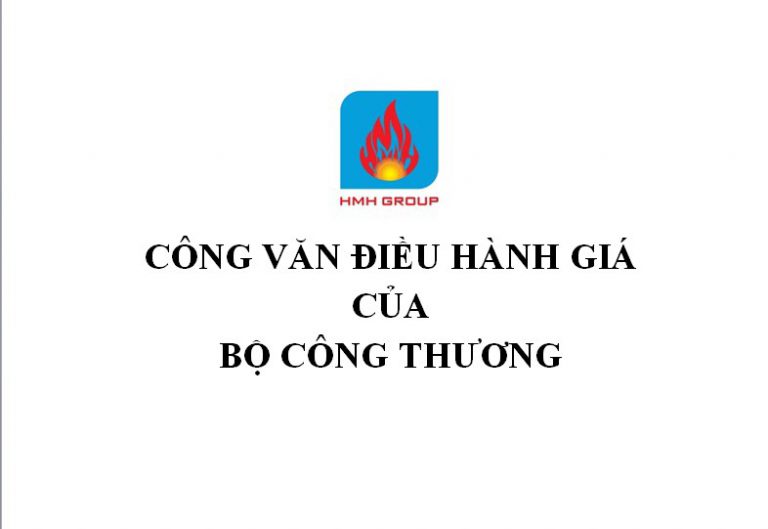Giá dầu biến động khi Ả rập Saudi cắt giảm sản lượng nhưng nhu cầu yếu từ Mỹ
Giảm một ngày và tăng vào ngày tiếp theo: biến động của giá dầu tiếp tục khi các cam kết cắt giảm sản lượng của Ả Rập Xê Út đang bị giảm nhẹ do nhu cầu xăng yếu ở Mỹ- bất chấp thời điểm du lịch mùa hè, vốn thường có sự gia tăng tiêu thụ nhiên liệu.
Dầu thô WTI, giao dịch tại New York, tăng 28 cent, tương đương 0,4%, ở mức 75,63 USD/thùng. Trong phiên trước đó, giá dầu thô chuẩn của Mỹ đã giảm 0,5%.
Dầu thô Brent giao dịch tại Luân Đôn tăng 18 xu, tương đương 0,2%, ở mức 79,64 USD. Trong giao dịch hôm thứ Tư, dầu Brent hầu như mất giá tương tự, đóng cửa giảm 0,2%.
Giá dầu thô bắt đầu tăng mạnh vào tháng 7 do những lời hứa của Ả Rập Xê Út và Nga về việc cắt giảm sản lượng – thêm một triệu thùng mỗi ngày cho mỗi vương quốc và nửa triệu thùng mỗi ngày do Moscow cam kết – cũng như dữ liệu lạm phát giảm cho thấy Cục Dự trữ Liên bang sẽ bớt tích cực hơn với lãi suất sắp tới. Tuy nhiên, đà phục hồi đã thất bại do dữ liệu tăng trưởng ảm đạm của Trung Quốc, nước nhập khẩu dầu lớn nhất thế giới.
Tâm lý đối với dầu cũng giảm sau khi Cơ quan Thông tin Năng lượng Mỹ, hay EIA, báo cáo rằng các kho dự trữ xăng chỉ giảm 1,066 triệu thùng vào tuần trước so với kỳ vọng giảm 1,577 triệu. Xăng nhiên liệu ô tô là sản phẩm nhiên liệu tiêu thụ số 1 của Mỹ.
Các sản phẩm xăng động cơ thành phẩm được giao cho thị trường – một dấu hiệu cho thấy nhu cầu tại máy bơm – đã giảm xuống 8,855 triệu thùng so với 8,756 triệu thùng của tuần trước. Thông thường, vào mùa hè như thế này, khoảng 9 triệu thùng xăng trở lên được cung cấp ra thị trường hàng tuần.
Trong khi đó, lượng tồn kho dầu thô của Mỹ chỉ giảm 0,708 triệu thùng trong tuần kết thúc vào ngày 14 tháng 7 — so với dự báo giảm 2,44 triệu thùng.
Ed Moya, nhà phân tích tại nền tảng giao dịch trực tuyến OANDA, cho biết giá dầu thô có thể khó đạt được mục tiêu 80 USD/thùng của Ả Rập Xê Út, ít nhất là cho đến khi cập nhật cung cầu dầu hàng tuần tiếp theo và quyết định lãi suất của Ủy ban Thị trường mở Liên bang của Fed – cả hai đều được công bố vào thứ Tư tới.
Moya cho biết: “Dầu thô Brent có vẻ như muốn tìm một ngôi nhà dưới mức 80 đô la và điều đó có thể hỗ trợ cho sự hình thành mở rộng cho đến báo cáo EIA vào thứ Tư tới và cuộc họp của FOMC”.
OIL PRICES FLUCTUATE AS SAUDI ARABIA CUTS PRODUCTION BUT WEAK DEMAND FROM US
Down one day and up the next: volatility in oil prices continues as Saudi Arabia’s pledges to cut production are being softened by weak gasoline demand in the US – despite the summer travel season, which usually leads to an increase in fuel consumption.
WTI crude, trading in New York, was up 28 cents, or 0.4%, at $75.63 a barrel. In the previous session, the price of US crude oil benchmark fell 0.5%.
London-traded Brent crude was up 18 cents, or 0.2%, at $79.64. In Wednesday’s trading, Brent crude fell almost similarly, closing down 0.2 percent.
Crude oil prices started to rise sharply in July on promises from Saudi Arabia and Russia to cut production – an extra million barrels per day for each kingdom and half a million barrels per day pledged by Moscow – as well as falling inflation data suggesting the Federal Reserve will be less aggressive with upcoming interest rates. The recovery, however, failed due to dismal growth data from China, the world’s largest oil importer.
Sentiment on oil also fell after the US Energy Information Administration, or EIA, reported that gasoline stocks fell by just 1.066 million barrels last week versus expectations for a drop of 1.577 million. Automotive fuel is the number 1 consumer fuel product in the United States.
Finished motor gasoline products delivered to the market – an indication of demand at the pump – fell to 8.855 million barrels from 8.756 million barrels the previous week. Normally, in a summer like this, about 9 million barrels of gasoline or more are brought to the market every week.
Meanwhile, U.S. crude inventories fell by just 0.708 million barrels for the week ended July 14 — versus a forecast for a 2.44 million barrel drop.
Ed Moya, analyst at online trading platform OANDA, said crude oil prices may find it difficult to reach Saudi Arabia’s target of $80 a barrel, at least until the next weekly oil supply and demand update and the Fed’s Federal Open Market Committee interest rate decision – both due next Wednesday.
“Brent crude looks like it wants to find a home below $80 and that could support an extended formation until next Wednesday’s EIA report and FOMC meeting,” Moya said.













